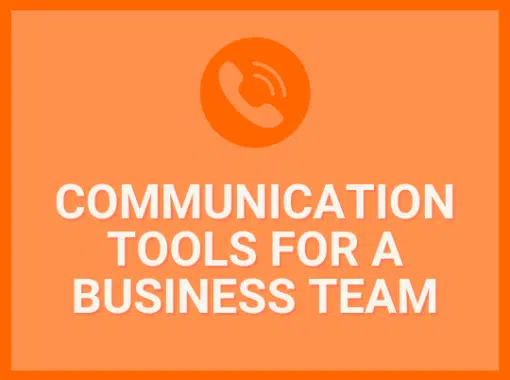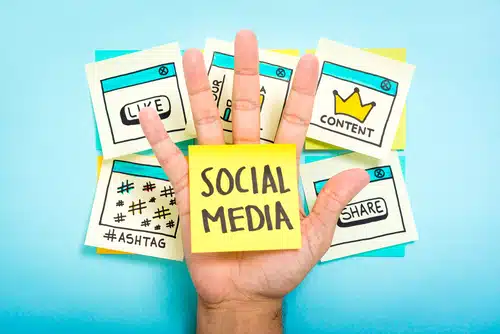
Communication is essential to any business model. In the digital age, there are many ways to communicate, from technology like the phone to modern digital tools like project management software that takes the definition of “communication” to a whole other level.
In this article, we’ll take a look at the main types of business communication tools and their benefits so you can find the right tools to help you and your team work more efficiently, collaborate more effectively, and achieve your goals.
Table of Contents
Phone
Communication by phone has been an important way to do business for more than a century and is not going away. There may be many other ways to communicate, but phones remain one of the most essential communication tools for a business to have.
Phone communication is a better choice when:
- The matter is urgent and needs to be addressed quickly.
- You need to have a complex discussion or negotiate a deal.
- You want to build rapport and add a personal touch.
- You need to clarify a misunderstanding or miscommunication.
But phone systems have also evolved with technology. You don’t have to settle for traditional landlines. With VOIP and virtual phone systems, you can get the traditional benefits of using phone communication with all the modern bells and whistles.
Email is another traditional business communication tool that is still effective. Not every old technology goes the way of the fax. While instant messaging will work for a lot of your business communications, email has these benefits:
- It allows you to keep a full record of your conversation and use previous emails for reference.
- It is flexible because you can use it from anywhere, and virtually everyone knows what it is and has an email address.
- It tends to be more formal than other forms of digital communication and will be seen as more professional.
But again, email is something that has evolved over the years. Text marketing has its place, but email marketing is better for longer, more intricate messages and modern email marketing automation tools can make sure that your customers remain engaged. Third-party integrations can connect your email to CRMs, help desks, and more. And with email analytics, you can track anything from delivery rate to conversion rate.
Instant Messaging
Instant messaging (IM) is another important digital communication tool for businesses, especially with today’s remote workforce, where you can no longer walk across the office to talk to a team member. In many cases, this is exactly what IM replaces. Here are some of the benefits of instant messaging:
- You can ask quick questions or give updates in real-time.
- You can chat with your whole team at once in a group chat.
- You can share files almost instantly.
- You can send alerts along with your message to either one person or a whole group for time-sensitive communication.
And there is no shortage of options when it comes to choosing instant messaging software for your business. Here are some of the most popular:
Video Conferencing
Video conferencing has become an essential communication tool for businesses with remote teams, allowing for face-to-face interactions and real-time collaboration. Here are some of the key benefits of using video conferencing:
- It allows for face-to-face interaction, which can give a personal touch to business communication.
- It can be used for real-time collaboration, brainstorming sessions, and virtual events.
- It can connect people around the globe almost like they were in the same room.
Popular video conferencing platforms include:
Collaboration Tools
Finally, there is a wide range of business communication tools that allow you to do much more than communicate. They enable team members to work together, share information, plan, and make decisions even when they’re in different parts of the world.
There are task and project management tools, like Jira, Basecamp, and Trello, that give teams the ability to track their work. Document management and file-sharing tools, like Dropbox, Drive, and OneDrive, allow real-time document sharing. Business wikis and portals, like Confluence, SharePoint, and Zoho, save important communications, notes, and documents for posterity and future reference.
Effective communication is essential for any business team to succeed. By using the right communication tools for each task, teams can streamline their communication processes, improve collaboration, and ultimately achieve their goals more efficiently. In this digital age, it pays to take advantage of modern tools that help you collaborate on complex ideas and processes more efficiently, but don’t forget that the phone and email are still essential.
By choosing the right tools for your team’s specific needs and the right tool for each task, you can ensure that your communication is clear and efficient and helps you achieve your goals. So go forth, communicate effectively, and watch your team thrive.












